This premium content is exclusive to edie Members.
To find out more about edie Membership, please click below.
If you are an existing member, login here
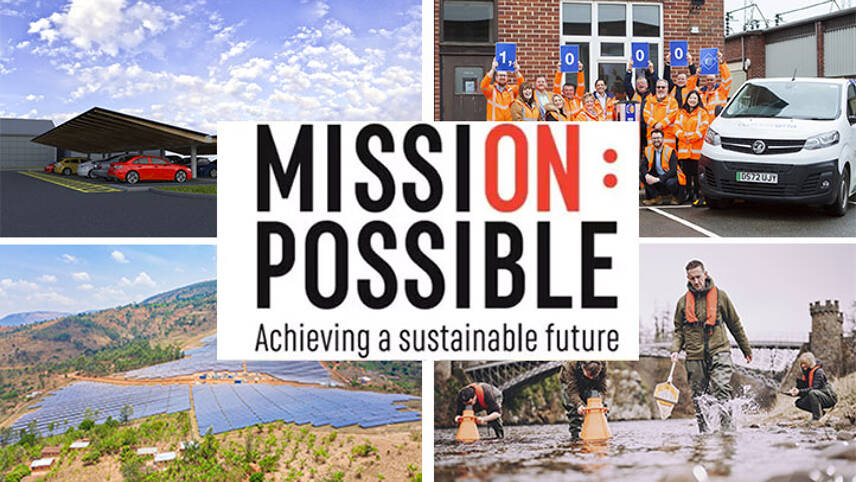
Published every week, this series charts how businesses and sustainability professionals are working to achieve their ‘Mission Possible’ across the campaign’s five key pillars – energy, resources, infrastructure, mobility and sustainability leadership.
Across the UK and across the world, leading businesses, cities, states and regions are turning environmental ambitions into action. Here, we round up five positive sustainability stories from this week.
ENERGY: $250m fund to help catalyse renewable energy adoption in sub-Saharan Africa
According to the International Energy Agency (IEA), around 600 million people in Africa lack electricity access – 43% of the total population. Investment is needed in clean generation and related infrastructure to boost access without locking the region into fossil fuels.
Impact fund manager Camco this week unveiled a new technical assistance facility to support the delivery of its $250m fund for small and medium grid and renewables companies in Sub-Saharan Africa. The fund will support early-stage project preparation and de-risking, and will also provide the finance that startups and scaleups need to share their knowledge and receive strategic support from policymakers and larger firms.
International finance for Camco’s work on the energy transition in Africa has been received from the UK Government, the Green Climate Fund and the Norwegian Government.
RESOURCES: Avanti West Coast deploys digital solutions to cut food waste on trains
DHL Supply Chain UK has this week confirmed the introduction of digital technologies to its food service processes for train operator Avanti West Coast, in a bid to reduce food waste.
Monitoring devices connected to the Internet of Things (IoT) will be used to monitor the temperatures at which fresh food is kept. As such, staff can intervene to adjust the temperature if necessary to reduce waste. Staff will also be able to make data-driven decisions on whether food can still be safely served.
The IoT devices will be mounted to trolleys and require no additional infrastructure. Data from the devices can be accessed using a QR code and through immediate alert channels. He hope is to roll out the devices to all trolleys, of which more than 500 are used each day.
DHL Supply Chain’s managing director Dan Peacock said: The significant food waste savings achieved through the introduction of smart IoT devices into our Avanti West Coast operation shows the value of innovation and digital solutions. Nurturing and deploying new technology is part of our commitment to both our customers and the environment.”
MOBILITY: National Grid installs 1,000th EV charger
National Grid was featured prominently in the news this week for its bold, multi-billion-pound plans to transform Britain’s electricity networks for net-zero by 2050, with key ambitions including a new national ‘spine’ of transmission and distribution infrastructure.
The organisation, which is one of the UK’s largest fleet operators, has also this week celebrated the installation of its 1,000th electric vehicle (EVs) charging point as it strives for a pure electric fleet by 2030.
The new charger was added to Wymondley Substation in Hertfordshire as part of a broader partnership with charging solutions specialists ElectrAssure. More than 100 National Grid sites now have charging infrastructure, and the firm operates more than 1,000 EVs.
“Installing our 1000th EV charger is another fantastic milestone because it supports our wider rollout of electric vehicles by ensuring we have the necessary infrastructure to build a more sustainable future alongside our customers and communities,” said National Grid’s director of UK land and property Prem Gabbi.
THE BUILT ENVIRONMENT: Wiltshire Council close to delivering next-gen solar car park
As the nation works to host 70GW of solar by 2035, the UK Government has asked industry and policy experts to plot a course to scale rooftop solar on commercial buildings like warehouses and car parks.
Some organisations are moving ahead of the curve. Wiltshire Council is now just weeks awar from opening a new car park with next-generation glass solar panels on its roof at the Five Rivers Health and Wellbeing Centre in Salisbury, and expects the PV array to meet 10% of the site’s electricity demands.
The car park structure, designed and installed by 3ti, is being made from Glulam timber beams. These wood laminations bear a lower carbon footprint that steels, owing to the fact that they are lighter and less energy-intensive to produce. 3ti has also omitted the need for a traditional concrete base or steel piles by using innovative ground anchors.
It is hoped that the solar roof canopies on the 70-space car park will reduce the Council’s annual energy spend by around £50,000.
SUSTAINABILITY LEADERSHIP: Chivas Brothers forges new river conservation and restoration partnership
Friday (22 March) was World Water Day, an annual observance held by the UN to raise awareness of the growing need to implement sustainable water management practices globally.
The occasion typically raises less fanfare from the private sector than, for example, Earth Day – but edie still received news of some exciting new water efficiency and stewardship projects. Among them is Chivas Brothers’ new partnership with three River Trusts in Scotland, which recognises that one-third of the nation’s rivers are suffering from poor ecological health.
The Scotch whisky brand, which is a subsidiary of Pernod Ricard, will financially and practically support protection and restoration on waterways across North-East Scotland, in partnership with The Deveron, Bogie and Isla Rivers Charitable Trust, Findhorn, Nairn and Lossie Rivers Trust, and the Spey Catchment Initiative.
Chivas Brothers’ head of sustainability and responsibility Julie Gallacher said: “Scotland’s waterways are the lifeblood of whisky production, so while we use this precious resource responsibly, returning 96% of what we use to its source, we like to think there’s a ‘river within’ each bottle. Many of our distilleries are built on the banks of treasured Scottish rivers and it’s from these waters that our renowned whiskies are endowed with their unique spirit, essence and even their names.
“Just as we rely on the rivers, the rivers rely on us. The art of whisky making is a delicate balance, so too is the Scottish landscape in which we craft it. That is why we are proud to launch this partnership with the three River Trusts to protect and build a resilient network of Scottish rivers and riverbanks that support biodiversity for generations to come.”
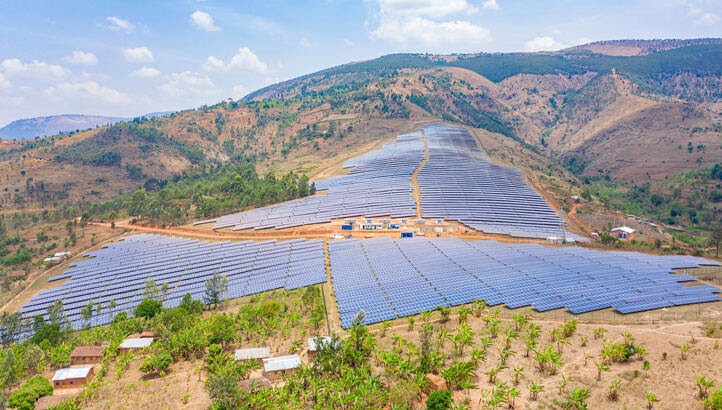
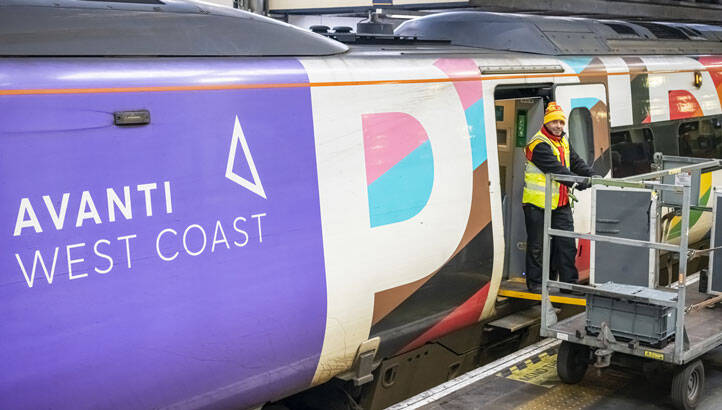

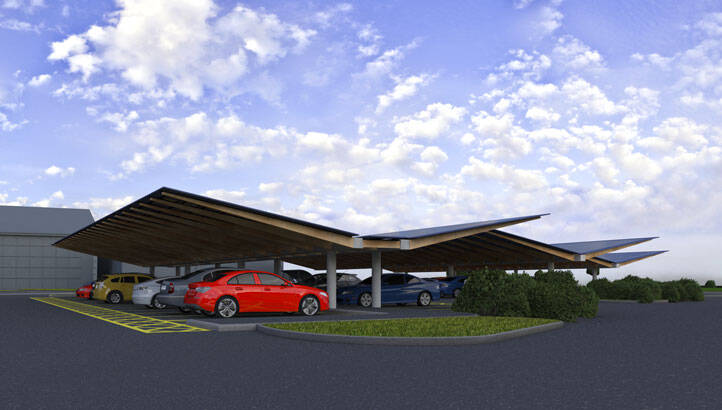
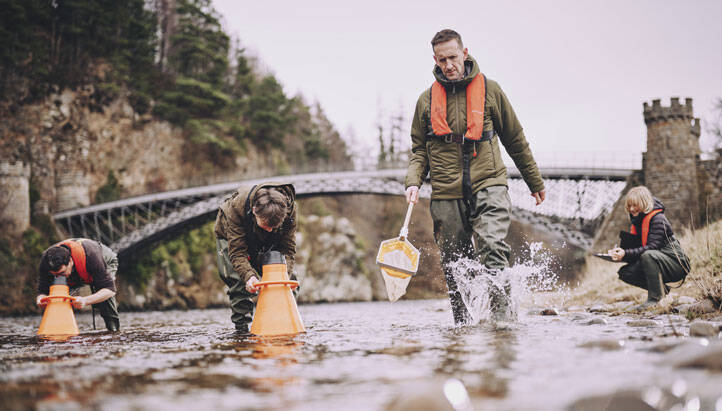


Please login or Register to leave a comment.